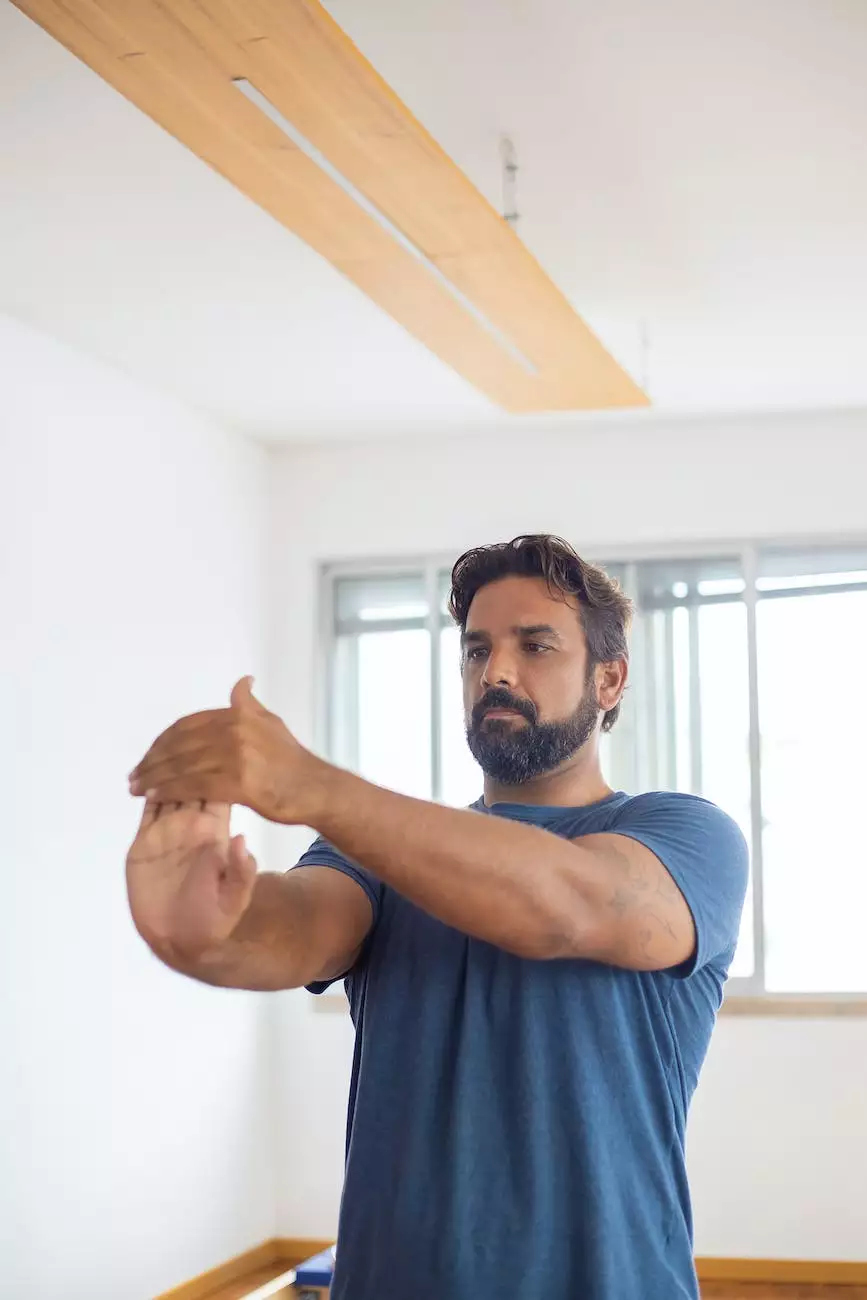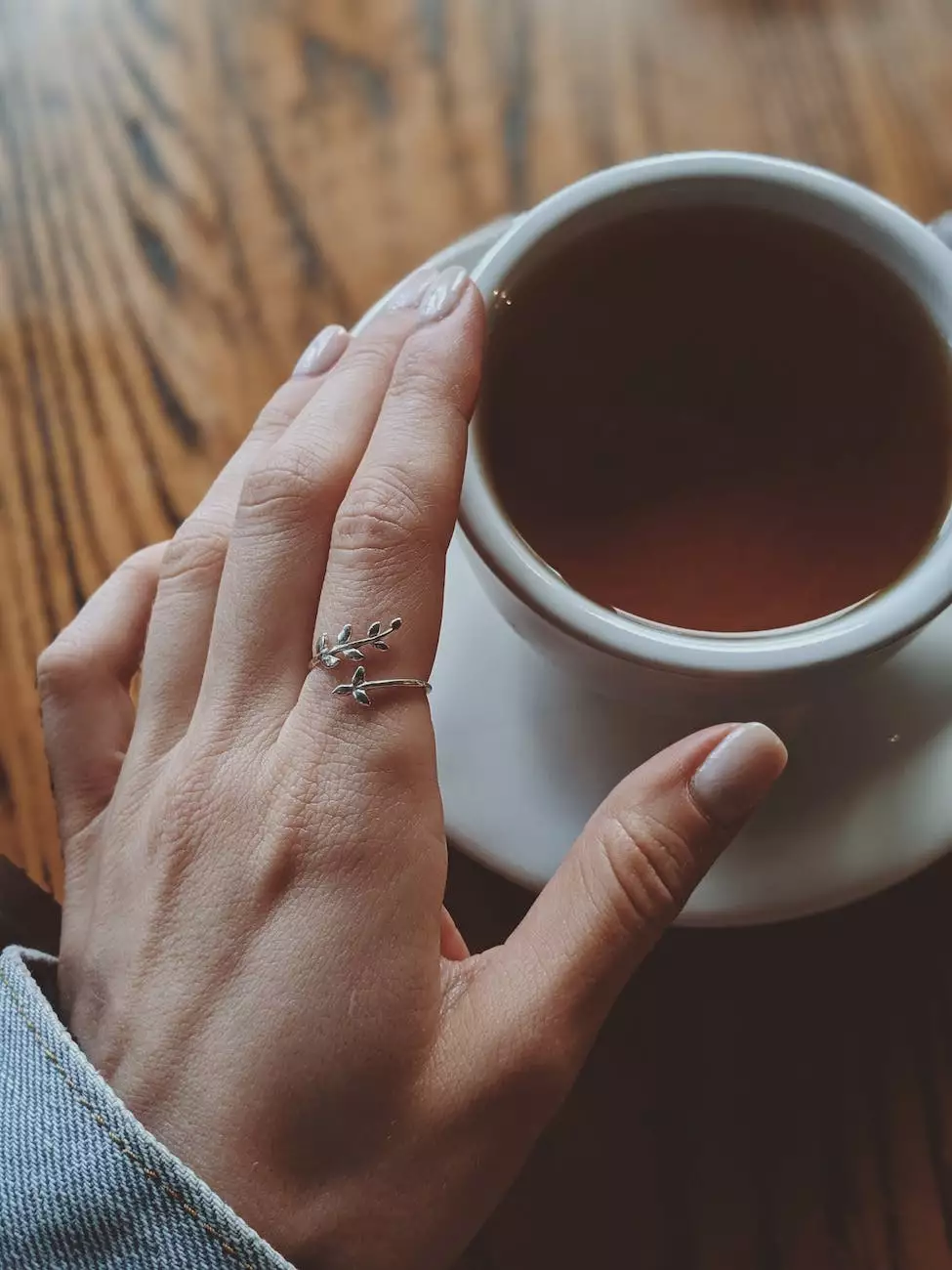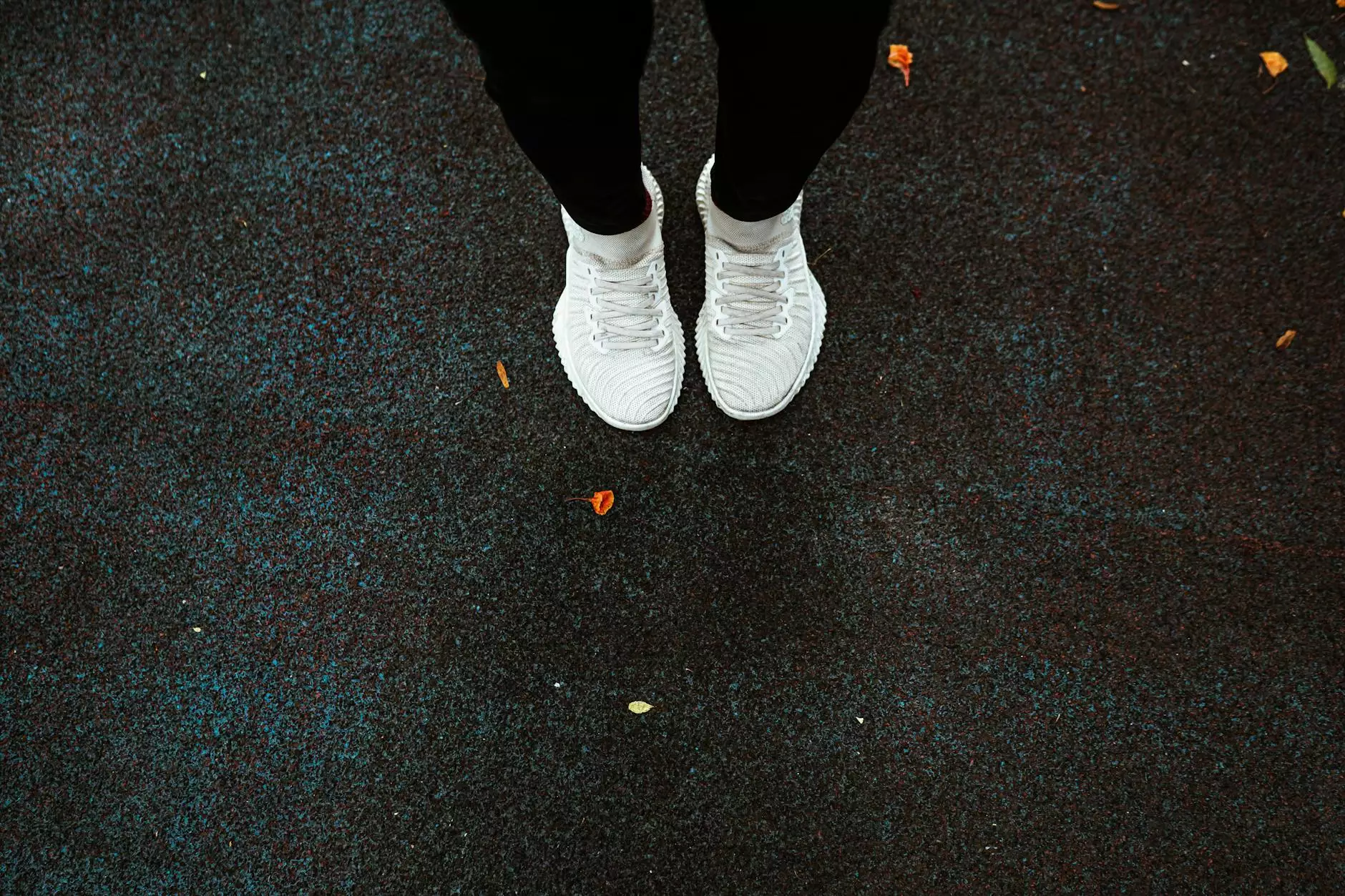Boutonniere Deformity of the Finger

Introduction
Boutonniere deformity of the finger is a condition that affects the alignment and function of the finger. It is characterized by a flexion deformity at the middle joint (PIP joint) and hyperextension at the end joint (DIP joint) of the finger. This deformity typically occurs as a result of an injury to the extensor tendon, often due to sports-related activities or trauma.
Causes
The primary cause of boutonniere deformity is a disruption or tear of the central slip of the extensor tendon, which is responsible for straightening the finger. This can happen due to:
- Trauma or injury to the finger
- Sports-related activities
- Rheumatoid arthritis
- Systemic conditions like lupus or scleroderma
Symptoms
Common symptoms of boutonniere deformity include:
- Finger pain and tenderness
- Swelling and stiffness in the finger
- Inability to fully extend the finger
- Finger misalignment
If you experience these symptoms, it is crucial to seek medical attention to receive a proper diagnosis and determine the best course of treatment.
Diagnosis
To diagnose boutonniere deformity, your healthcare provider will typically:
- Perform a physical examination of the finger
- Consider your medical history and any previous injuries
- Order diagnostic imaging tests, such as X-rays or an MRI, to evaluate the extent of the deformity
Treatment
When it comes to treating boutonniere deformity, there are several options available, depending on the severity of the condition:
Non-surgical Treatment
If the deformity is mild, non-surgical treatment may be recommended. This could involve:
- Wearing a splint to immobilize the affected finger and allow the extensor tendon to heal
- Undergoing hand therapy to learn specific exercises and stretches that can help improve finger function and flexibility
Surgical Treatment
In more severe cases of boutonniere deformity, surgical intervention may be necessary. Surgical treatment options may include:
- Repairing the torn or disrupted extensor tendon through a small incision
- Realigning the finger joints through joint fusion or arthroplasty
Recovery and Rehabilitation
Recovery and rehabilitation following treatment for boutonniere deformity involve:
- Physical therapy to restore finger strength, range of motion, and functionality
- Post-operative care and follow-up appointments with your healthcare provider to monitor healing progress
Prevention
While it may not be possible to prevent all cases of boutonniere deformity, you can take certain measures to reduce the risk of sustaining finger injuries:
- Wearing protective gear during sports activities
- Using proper techniques and equipment when participating in sports
- Engaging in hand-strengthening exercises to promote overall finger strength and flexibility
Conclusion
Boutonniere deformity of the finger is a condition that affects finger alignment and function. With proper diagnosis and treatment, individuals can regain finger functionality and reduce pain and discomfort associated with this deformity. For personalized guidance and comprehensive care, consult the healthcare professionals at Body Fusion who specialize in hand-related conditions.



